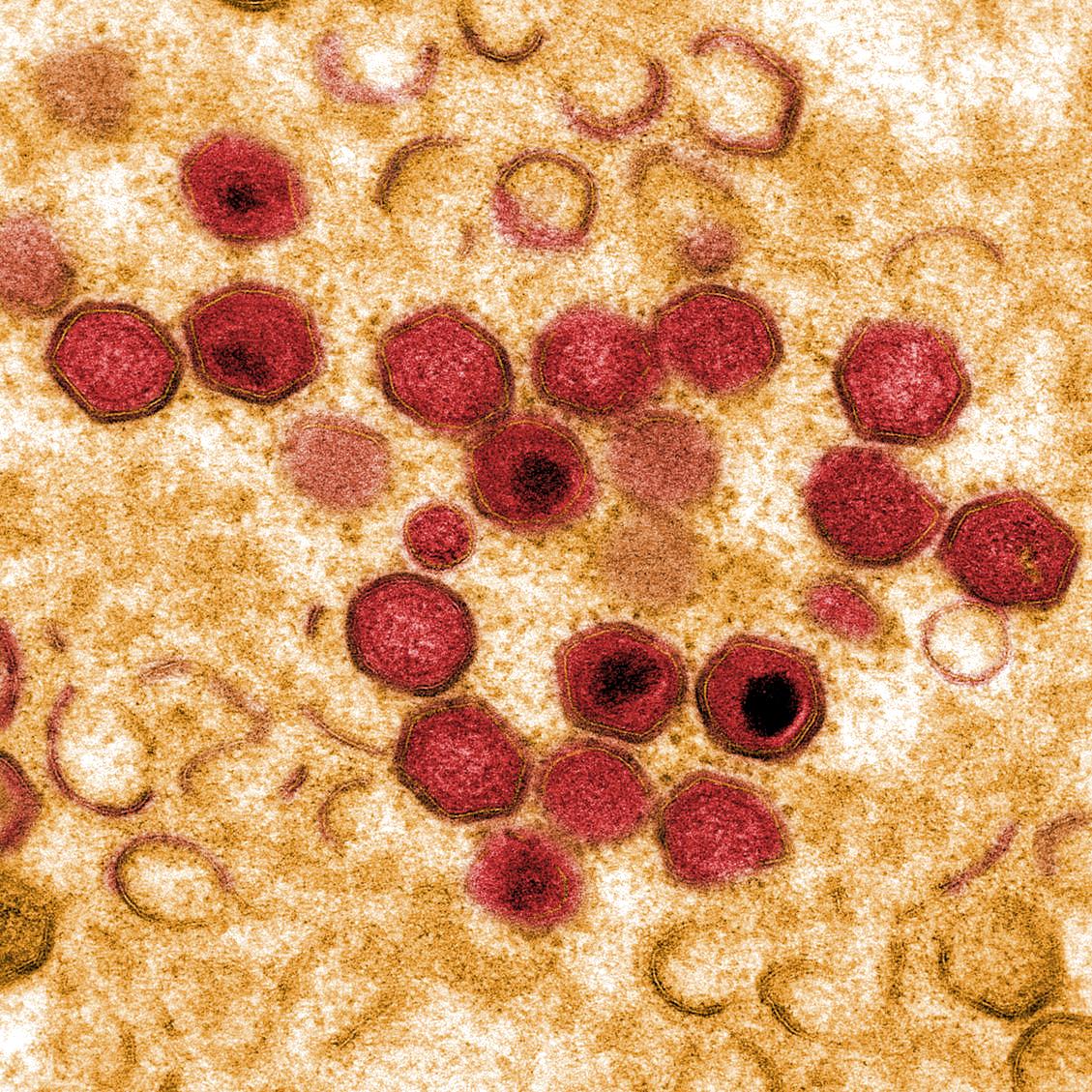African swine fever virus organelle rearrangements
Like most viruses African swine fever virus (ASFV) subsumes the host cell apparatus in order to facilitate its replication. ASFV replication is a highly orchestrated process with a least four stages of transcription, immediate-early, early, intermediate and late. As the infective cycle progresses through these stages most if not all of the organelles that comprise a nucleated cell are modified, adapted or in some cases destroyed. The entry of the virus is receptor-mediated, but the precise mechanism of endocytosis is a matter of keen, current debate. Once ASFV has exited from the endosomallysosomal complex the virus life-cycle enters into an intimate relationship with the microtubular network. Genome replication is believed to be initiated within the nucleus and ASFV infection completely reorders the structure of this organelle. The majority of replication and assembly occurs in discrete, perinuclear regions of the cell called virus factories and finally progeny virions are transported to the plasma membrane along microtubules where they bud out or are propelled away along actin projections to infect new cells. The generation of ASFV replication sites induces profound reorganisation of the organelles that comprise the secretory pathway and may contribute to the induction of cellular stress responses that ASFV modulates. The level of organisation and complexity of virus factories are not dissimilar to those seen in cellular organelles. Like their cellular counterparts the formation of virus factories, as well as virus entry and exit, are dependent on the various components of the cytoskeleton. This review will summarise these rearrangements, the viral proteins involved and their functional consequences.
Back to publications
